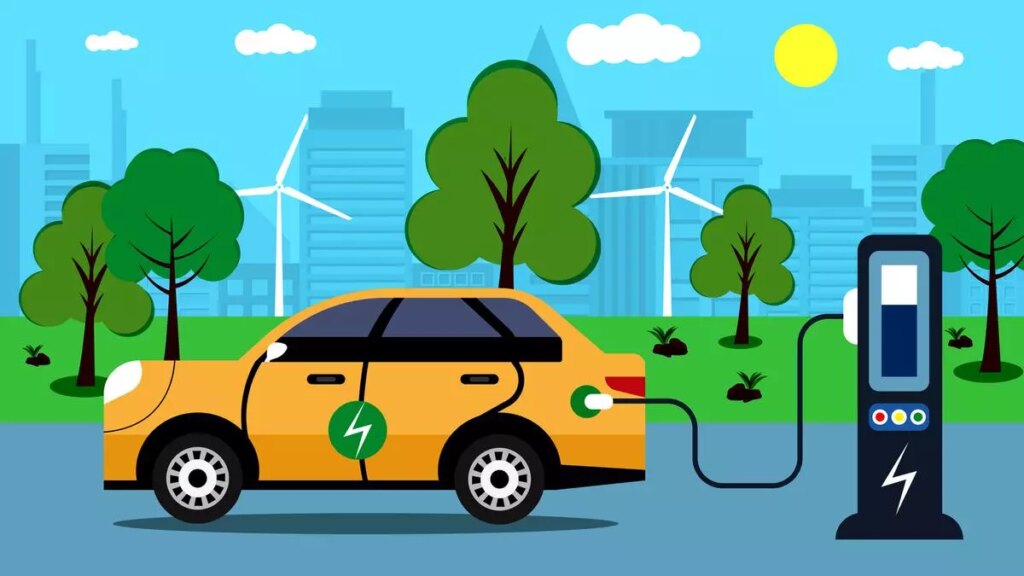E-DRIVE incentive for EVs falls short

The Prime Minister’s E-DRIVE scheme (Electric Drive Revolution in Innovative Vehicle Enhancement), unveiled last week, marks a significant shift in funds allocation away from the promotion of private electric vehicles in favour of e-buses, charging infrastructure and testing agencies. The real surprise, though, in this two-year scheme with a budget of ₹10,900 crore, is that there is nothing on offer for e-cars.
In fact, the incentives for all private vehicles are lower than under the five-year FAME 2 (Faster Adoption and Manufacturing of Electric Vehicles) scheme which came to a close this April. The policy’s e-push looks underwhelming. It seems that EV promotion in the case of private vehicles will be gradually delinked from demand subsidies. Broadly, there appear to be two thought processes at work here: first, it is important to push fuel-run buses and trucks off the road for the level of pollution they generate; and second, car owners are more troubled by ‘range anxiety’ (distance to the nearest charging station) than vehicle cost. The first is acceptable, not the second.
As for the reduction in individual buyer subsidies for e-2Ws under E-DRIVE, it appears that the first round of subsidy cuts in June 2023 has not significantly impacted their sales. This has led to the government and market observers to project a rise in the share of e-2Ws from 5 per cent in FY24 to 7 per cent at the end of this fiscal and 10 per cent in FY26. The biggest driver of e-2W sales seems to be the pump price of petrol. If battery prices fall with scale, these vehicles may remain competitive at lower levels of subsidy. Therefore, a higher allocation towards e-buses (40 per cent of the E-DRIVE budget) vis-a-vis e-2Ws (25 per cent) cannot be dismissed out of hand. E-buses can yield gains in terms of beneficiaries per unit of energy used, emission reduction and possible economies of scale in making battery modules. The last could drive India’s production linked incentive for advanced battery cells.
But the exclusion of cars is mystifying. They were allocated about 6 per cent of the FAME 2 budget of ₹11,500 crore. An allocation of 18 per cent of the E-DRIVE budget for charging infrastructure, against 10 per cent in FAME 2 can be seen as an indirect expenditure for e-cars, but this is not enough. When seen against the lenient mandates drawn up by the Bureau of Energy Efficiency in June this year for e-cars, there can be no getting away from the feeling that their exclusion will work to the benefit of existing ICE auto majors. The policy tilt towards ICE vehicles could also slow down India’s ambitions of becoming a global auto hub at a time when EV adoption is going to increase. These mandates must be revisited. A subsidy for cars in E-DRIVE must be considered. As for further cleaning up the sector, charging by day should be encouraged, since the renewables component will be higher than at night. Finally, a clean auto policy remains a work in progress, with its numerous components yet to fall into place.








